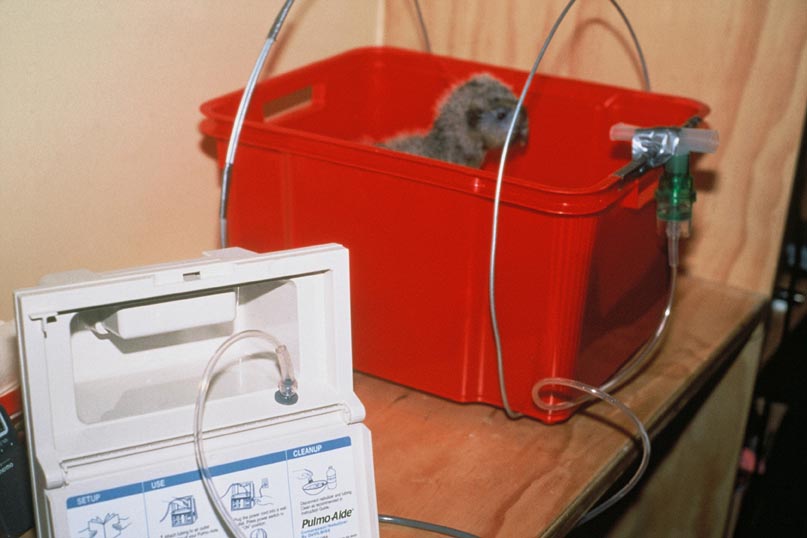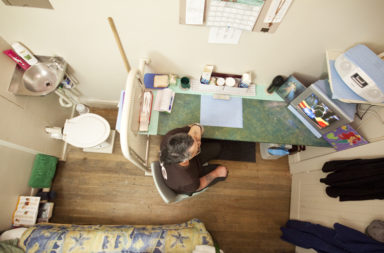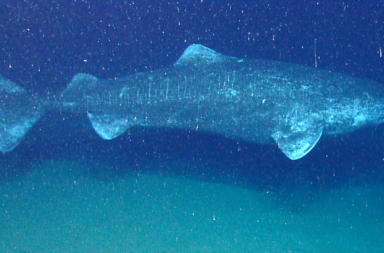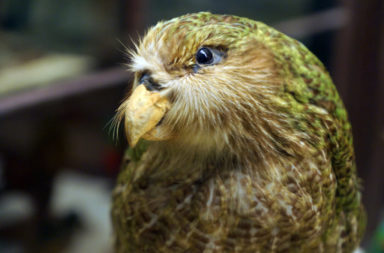For animal conservationists around the world – there’s good news!
It has just been reported that New Zealand’s endangered bird species – the kakapo, has a 28% increase in population!
For those who are not aware of what kind of a kakapo is, it is a flightless parrot which lives and thrives in three predator-free islands in New Zealand.
Here are the updates on how the endangered bird is now proliferating:
-
Kakapo bird numbers up to 157, with the addition of 34 chicks this year in New Zealand
-
The breed rears only every two to four years
-
In 1970s, only 18 male birds were known to be existent
-
Hope brewed in 1977, when female kakapo birds were found elsewhere
-
Since then, there has been a dedicated recovery program
-
Using cutting edge science like genome sequencing, the Kakapo bird is saved!
So how did the scientists help the kakapo population recover?
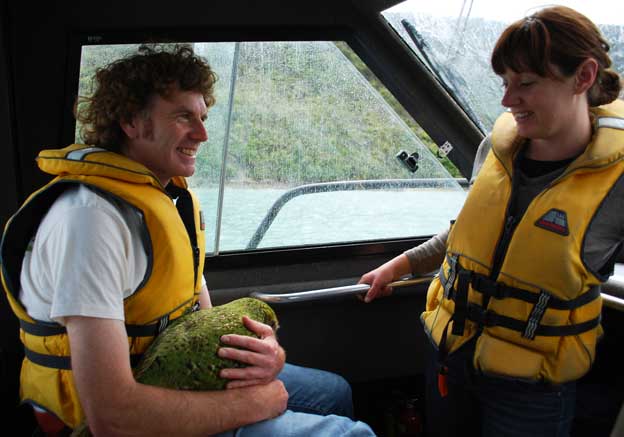 Ever since the discovery of female birds in 1977, scientists were focused on developing a specialist recovery program for the kakapo bird.
Ever since the discovery of female birds in 1977, scientists were focused on developing a specialist recovery program for the kakapo bird.- As they were dealing with only a precious few birds, they adopted the use of cutting-edge science to help them with the conservation process.
- They began sequencing the genomes of the living kakapo birds, which helped in improving genetic diversity amongst the birds that bred.
- This is one of the few occasions where humans had to deliberately intervene to help a bird population to improve its genetic variety, as there were so few birds left.
- Not surprisingly, the kakapo bird conservation case is the first time that genome sequencing of an entire population has occurred. Without doubt, it has greatly helped to increase the number of kakapo birds in the world!
This is what the conservation process looks like, while it’s still in process:
This news offer great hope to those who are working hard to help conserve the diverse species on earth. We hope that the kakapo bird success is followed by the increase in population of many other endangered species!
Photo Credit: Department of Conservation/flickr
Photo Credit: Allie_Caulfield/flickr
